|
A looong over due introduction! Meet our van, Mama Rama. Rama means the bringer of happiness or can be broken down as Ra (Sanskrit for fire or the sun - the eternal light) and Ma (the true essence, or that which is unchangeable) so it literally translates as "the true essence of the eternal light", or the light that allows everything to be. Our van takes care of all our needs, she gets us around the continent, provides shelter, and a dry place to cook and eat. We custom built just about every bit of the interior of the van to fit our specific needs. Here were our criteria: - Fit three men, two of them over 6' - Interior and exterior cooking space (interior for rainy days and exterior because it's much more pleasant being outside when it's nice out) - Storage for all food, cookware, extensive camping, climbing, and slacklining gear - Three seats with three seat belts - Bookshelves - Ability to stealth camp in urban areas (curtains on all windows, able to cook in contained environment) - Spare tire outside of the vehicle to maximize liveable space - Insulated as much as possible for winter months - Power supply and inverter in order to charge camera's + laptops In the photos above, you see our outdoor cooking setup. To begin, we built a raised bed in order to have food and cookware storage. We worked with my dad to build the two boxes you see at the back, they pull out and have legs which turn them into tables. We can then cook standing up with access to all our food. On the back right of the van you can see a brown box. This is one of our main storage units - and its actually a crooked box. While designing the van layout, we realized that the dimensions of the van weren't a rectangle. In fact, the back of this box in width had to be a few inches narrower than the front. We had two choices: build a normal rectangle box which would leave a gap between the bed and box, or manage to build a crooked box with a working lid. We opted for the crooked box! It fits over the wheel well and gives us quite a bit of storage for our camping bags and some winter gear. The back walls were built by the previous owner so we extended them to the front of the van. They're insulated, have a thin plywood layer, and have tongue-and-groove flooring on them which we stained to match the rest of the van. To solve our bedding needs, Josh and I (6'5" and 6'1") sleep "downstairs". Our bed is just about Josh's length though perhaps a few inches short. We sleep on a 4" foam pad which is honestly as comfy as any bed I've slept on. For the winter months we used two down comforters and comfortably slept at -10 degrees for the first month. Getting out of bed was a different story! Ben's dad, Barry, welded in a bunk bed above where Josh and I sleep. Ben sleeps in his 5'8" custom bunk. Its snug but comfy! He similarly sleeps on a foam pad and has some of our more permanent storage up there with him (medical kit, extra camping gear). The box at the bottom of this picture is Ben's step-stool to get up to his loft. It's also our indoor cooking table, some food and cookware storage, card table, etc. As you can see, us as well as people we've met have been writing and drawing on it throughout our journey. We found sheets at value village which my mom sew into curtains. Large front curtains allow us to stealth-camp as well as window curtains in all the rear windows. The seat in the back is recycled from a UPS truck with a custom built mount and seat-belt fashioned by Barry. The two front seats swivel to face backwards so we can hang out facing each other! We also wanted a touch of home with us, so we turned a New Brunswick flag into a headliner and fixed it above the driving area. Can you spot the goose which guides our way? This wall was previously just a sheet of metal with vents open to the outside world. We sealed the bottom vents with sheets of tin, but for the larger vent we thought it would be nice to have a window for whoever was sitting in the back. Barry, perhaps the very next day, found a window the exact size at a scrap yard. It was meant to be. Not pictured, we have 5 milk crates under the front-side of the bed which provide storage for all our climbing equipment and hiking shoes. We also have a total of 23L of water reservoir storage which allows us to spend a few days at a time wild-camping without having to find a water source.
Some other things we carry which provide some peace of mind: - A tire pump + battery charging device. Its a small box which can inflate our tires when we're low, as well as provide jump starts in the event that we drain our battery. - A solar shower and laundry bag (in warmer climate you can hang the solar shower from a tree to wash off and the laundry bag allows you to clean your clothes on the go). Truthfully we haven't used either as much as expected but they're handy to have. - Extensive toolkit with tools for mostly any repair we might need to do ourselves. - Medical kit - A small assortment of clothes. If anyone is curious about this I can give more info, but after years of camping we each have a selection of versatile layers which have allowed us to camp and live in all conditions relatively comfortably. We mange to fit all of our clothes in the small cubbies you see in the slideshow above. I'm sure I've forgotten some features but this is the gist of it. Most of what you see we built (with lots of help from friends and family) using as much recycled material as possible. As I've mentioned previously, Barry ensured we were mechanically sound, fixing many important systems in our van as well as tackling all the welding projects. If anyone is curious about any specific element of our living, either because you're thinking of renovating your own van or out of curiosity, send me a message! Bellow are two of the earliest photos I took in our building process. You can see that there's a bit of a wall, a bit of flooring, but no bunk bed, only two seats, and lots of work to be done. You wake to find yourself on a canoe meandering gently down the River Dharma. You aren’t sure where you are, but as you peer over the side of your canoe you spot steep embankments adorning the sides of the river. Sharp rocks and a prickly type of reed glide past you from your vantage in the canoe. At the beginning, you are content admiring the changing landscapes. Often, sunny days with a light breeze make for wonderful shore-watching. Upright in your canoe moved by the current, you admire the scattering of sheep, goats, and cows grazing gently in picturesque fields. Occasionally, rough rapids shake your canoe, though you learn to tense up against the edges of your vessel in order to be shaken less vigourously. After some time, your observant-self has recognized many patterns; the low rumble which communicates approaching rapids or the smell of moist grass, a telltale sign of overnight rain which now leaves the sky open and cloudless. Naturally, you begin to prefer the calm sunny days, as the rain and rapids leave you cold and fatigued from bracing against the river’s turmoil. Believing yourself to be a great navigator of this river, as soon as you feel the low rumbling which signals rapids, you lower half your body over the edge of the canoe, paddling hard to slow your progression towards the rapids. Other times, when you see malevolent clouds in the distance or enjoy the view provided by a particular shore, you grab ahold of the sharp reeds and rocks scattered on the banks of the river; the reeds and grasses simply prickle your hands and pull out due to weak roots against a strong current. For a long time, you solidify and improve upon these patterns. You become a better paddler, often able to prolong calm river stretches and your hands toughen against the jagged vegetation. Trapped within these experiences, you feel a sense of pride: there once was a time when you floated mercilessly, and now you can delay upcoming rapids for hours through your hard work. A sense of authority over the river emerges. We are all canoe riders on the River Dharma, but perhaps in this metaphor you’ve noticed our great flaw. Regardless of how hard you paddle (or how good at paddling you become) you will encounter rapids. Regardless of how long you cling to reeds and grasses, eventually beautiful views and sunny days pass (no matter how good at clinging on you become). What we, as the canoe rider, quickly forget is that the ride we’re on is longer than just one rapid or just one sunny day. Ultimately, we are here to ride the river - the whole of it. We can hold on to what produces pleasant feelings and delay what creates unpleasant feelings, but ultimately change will come and the river will keep flowing. A great navigator flies by you, a big smile on her face despite the upcoming rapids. This great navigator is aware of change and understands her place: she is to explore the entirety of what the river has to offer her from within her vessel. She has found meaning beyond just tackling the next rapid or getting extra enjoyment out of a sunny day - she has understood that our experience on the River Dharma goes beyond these temporary and impersonal moments. She handles the rapids with great ease, understanding the power of the current, she makes it through much quicker than you do. Then when the calm arrives, she understands how temporary these moments are and therefore enjoys them deeply and fully and does not resist when the weather begins to change. By letting go, by giving up the fight, we free our energy to find greater meaning in our canoe ride. The River Dharma isn’t about any specific rapid or sunny shore, it is creating meaning and value for yourself and those around you. Struggle and joy will both be present, but it is up to you to find meaning which transcends the ups and downs that will always be found within your ride on the River. What do you hope to gain from this ride, for yourself and for others? Why do you ride this canoe? Personally, I spent most of my life holding reeds in my hands that had long since lost their roots. I found myself kilometres downstream still clinging on to sunny days which had passed. I was clinging so hard I didn’t even notice the many sunny days that were passing me by while staring at my closed fists. I realized that by holding on to past moments I was missing the whole adventure that is the ride on the river. Even when I wasn’t holding on, I was anticipating the next sunny day - with the river still passing me by. Day by day I learned to notice that I was still holding on. Eventually I started grabbing for the sharp shores less often. Writing has become part of how I personally find meaning in this river. The practice of observing and learning from others and from my direct experience, then finding a way to explain in a novel way makes my rapids manageable. Instead of getting completely wrapped up in the experience, I try keeping part of my awareness on the rest of the river. On one hand these rapids are very real! You must pay attention to navigating your vessel! But the rest of your awareness must understand that these rapids are temporary, and that rejecting them by paddling is useless. So I try to learn from each rapid, for my own benefit and the benefit of others. Perhaps with this awareness of time and change I’ll braid some reeds into a rudder to help steer myself better. I hope you will, too. If you've hung on this long, kudos. Thank you for reading; it truly means a lot. Most of what I write remains private but its been through the encouragement of a few very meaningful friends that I've come to share real bits of myself. At this moment we're in San Diego and the California portion of our adventure is coming to an end. This month, we pulled of a week of camping in Yosemite, with snowfall trapping us and a few other campers in the valley. Toughing out the mild night-time cold allowed us to enjoy Yosemite nearly alone (a tiny park which sees over 4 million visitors annually). We somewhat accidentally explored Hetch Hetchy, Yosemite's sister-valley, and were the only visitors. The valley boasts walls nearly the size of El Capitan but with a huge reservoir of water running along the middle of it (the San Fransisco water supply!), which we enjoyed under millions of stars with no other campers for many many kilometres. We then spent 10 days in silent retreat near Kelseyville, CA, meditating roughly 11 hours per day. We were not allowed to communicate or make eye contact with each other. There isn't much I can say about this experience yet. It is every bit as challenging and rewarding as you might assume. I'm extremely happy I did it, yet it was also one of the hardest experiences of my life.
We then spent a few more days in San Fransisco and in LA - two cities we've come to enjoy quite a bit in the last month. I posted a quick thank you on Instagram, but I need to say it again: Thank you Aimee, Sarah, Mia, Julian, Alwin, Rich, and Simon, for your hospitality, tour-guiding, generosity, kindness... But most of all thank you for your time. Over the next month we're making our way south, continuing our journey down this (metaphorical) river. |
Author
|
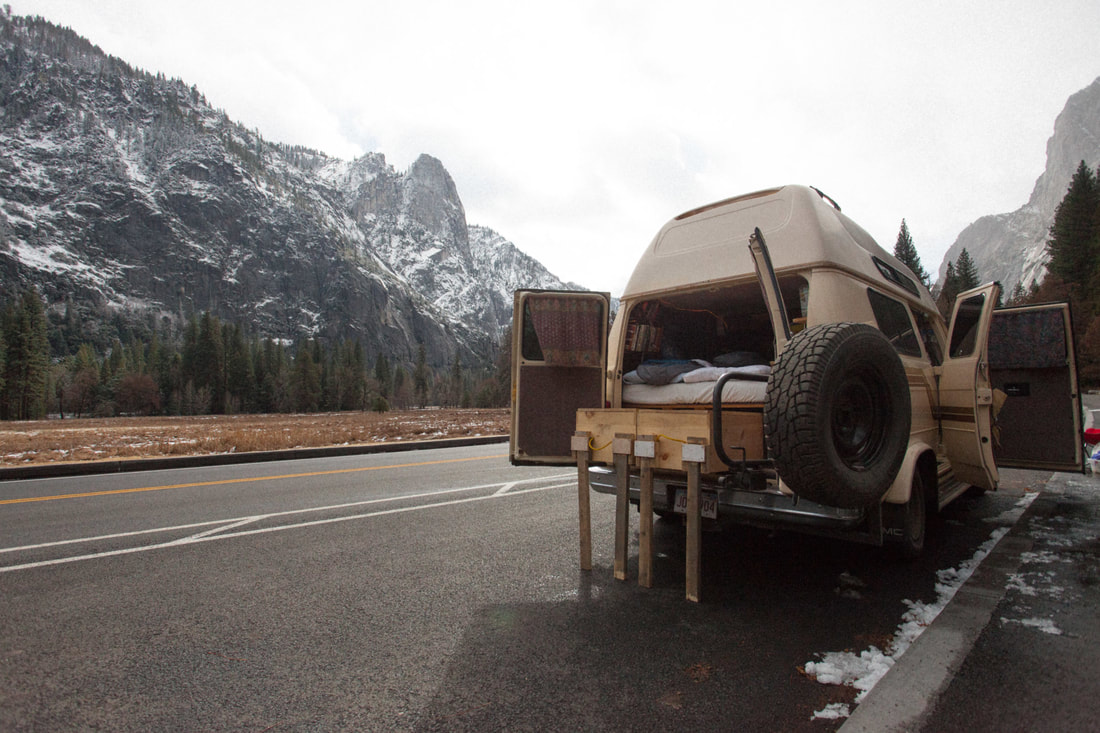
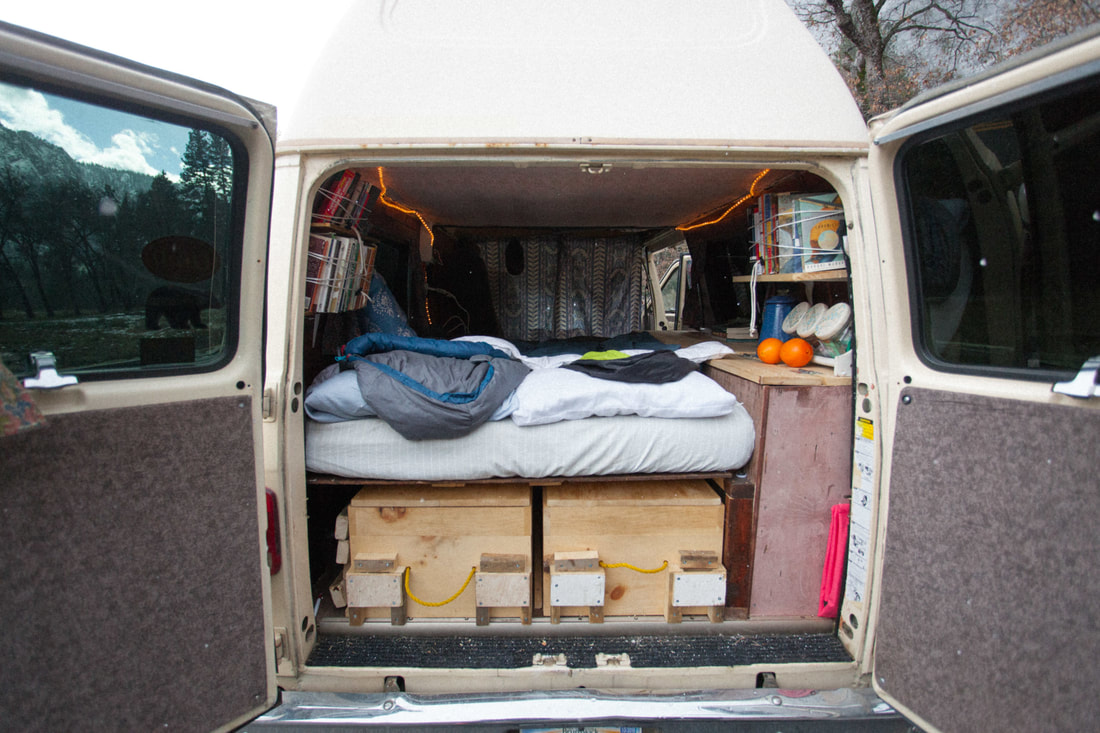
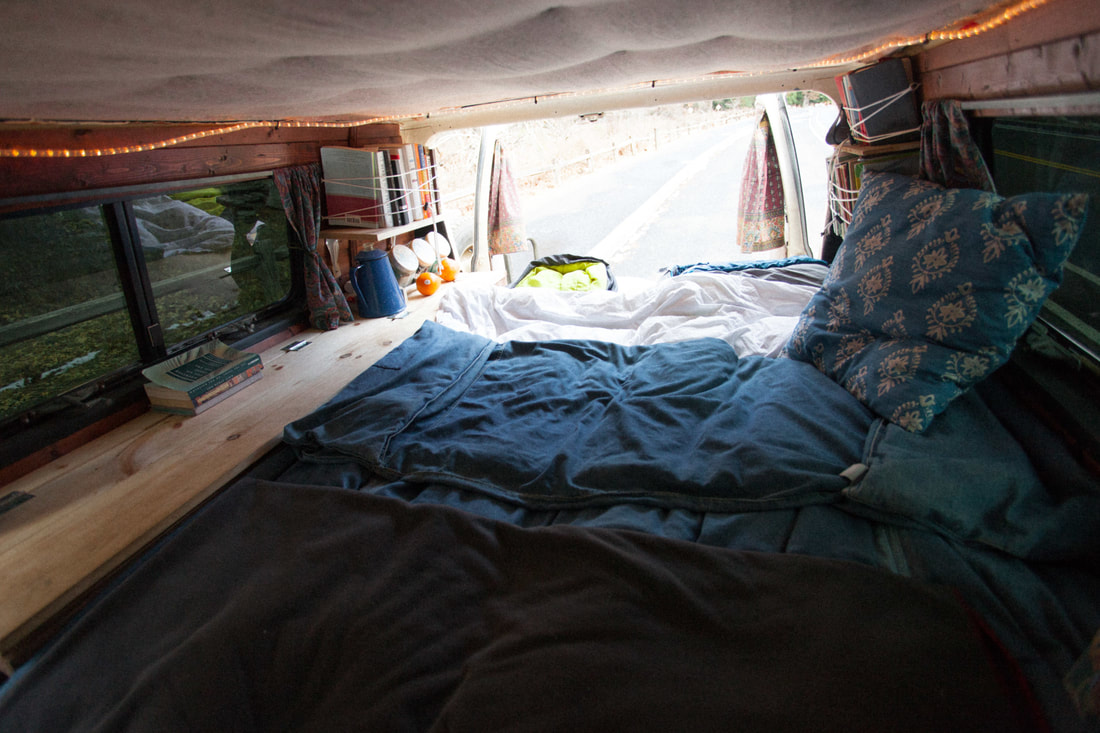
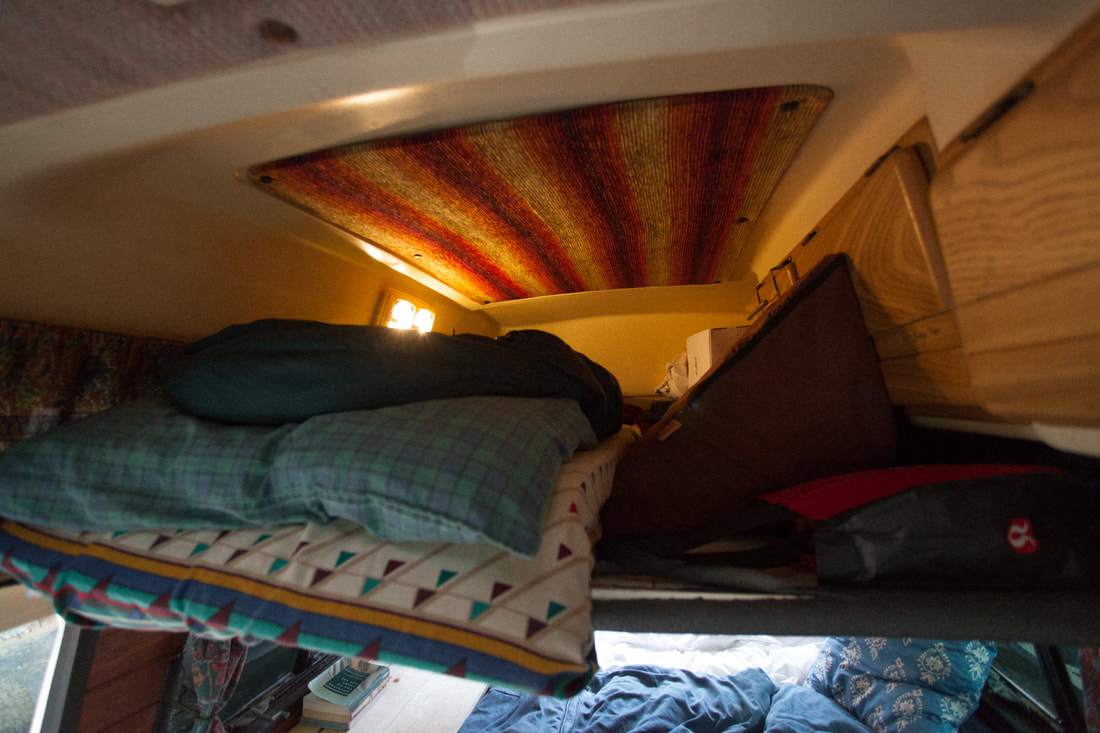
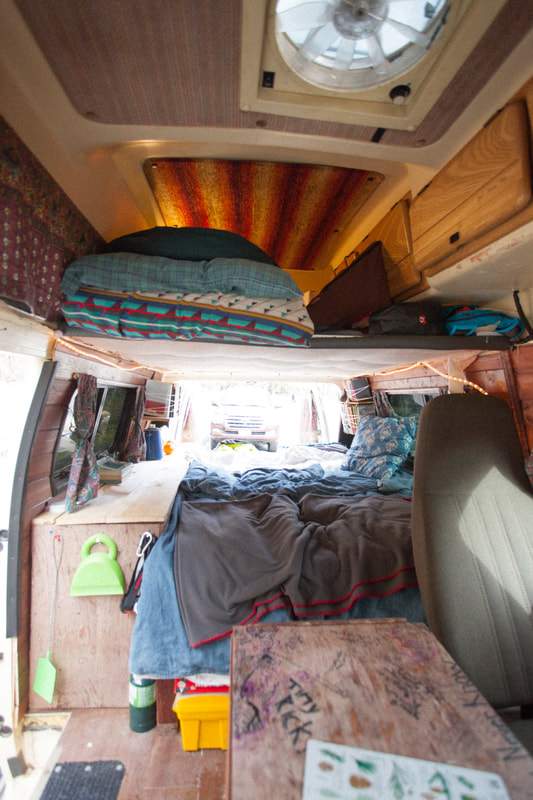
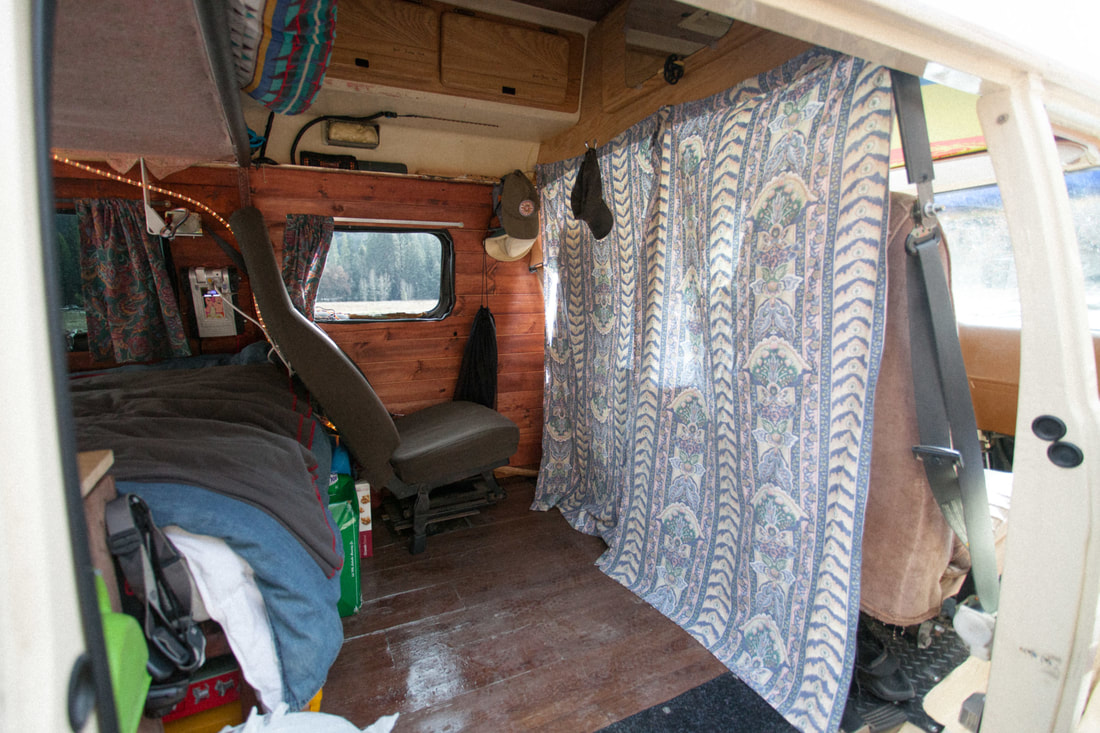
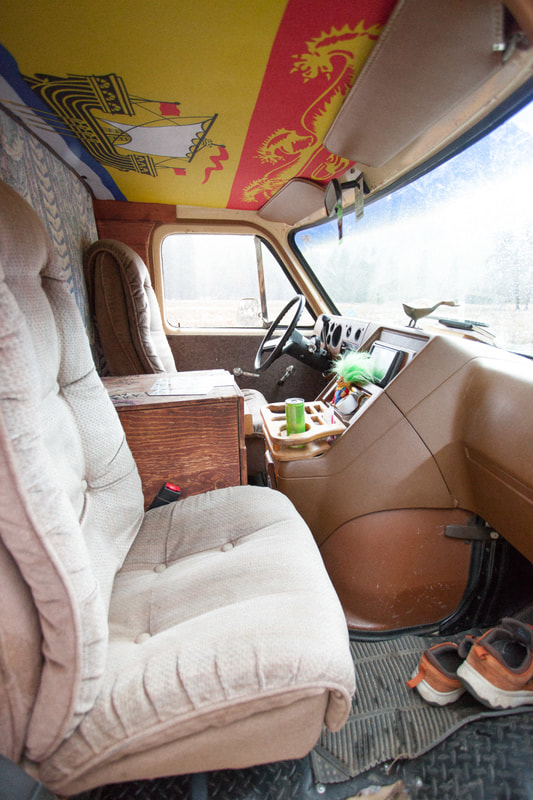
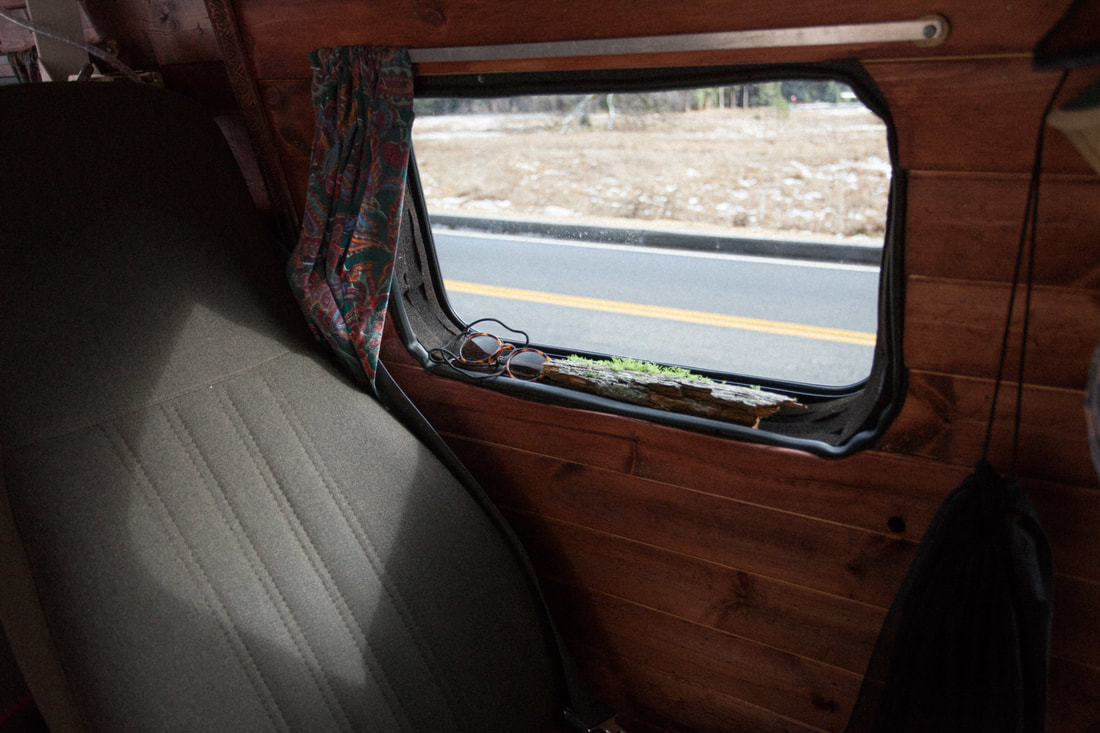
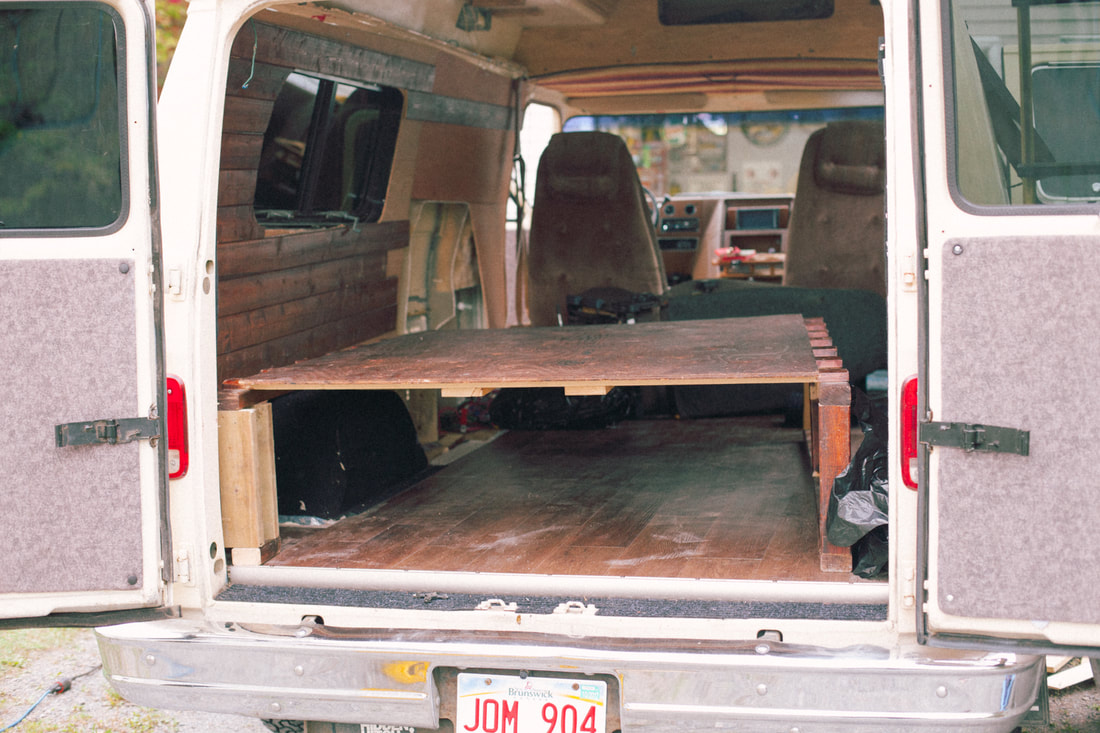
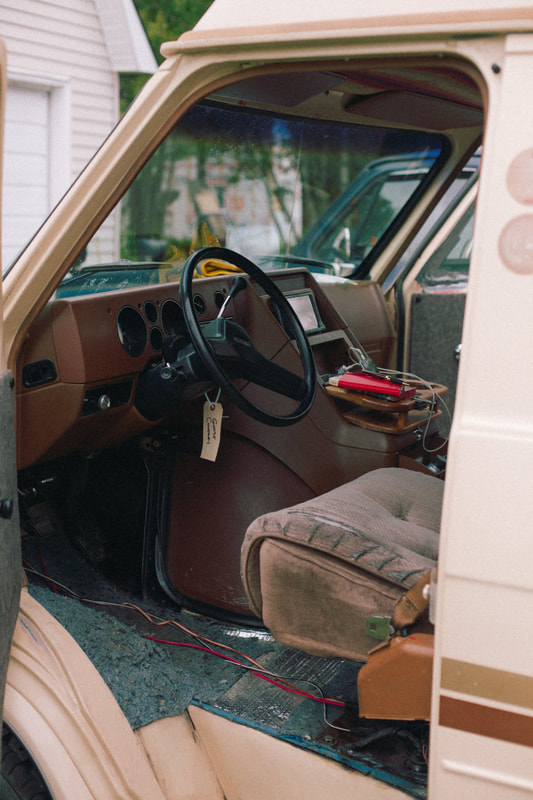
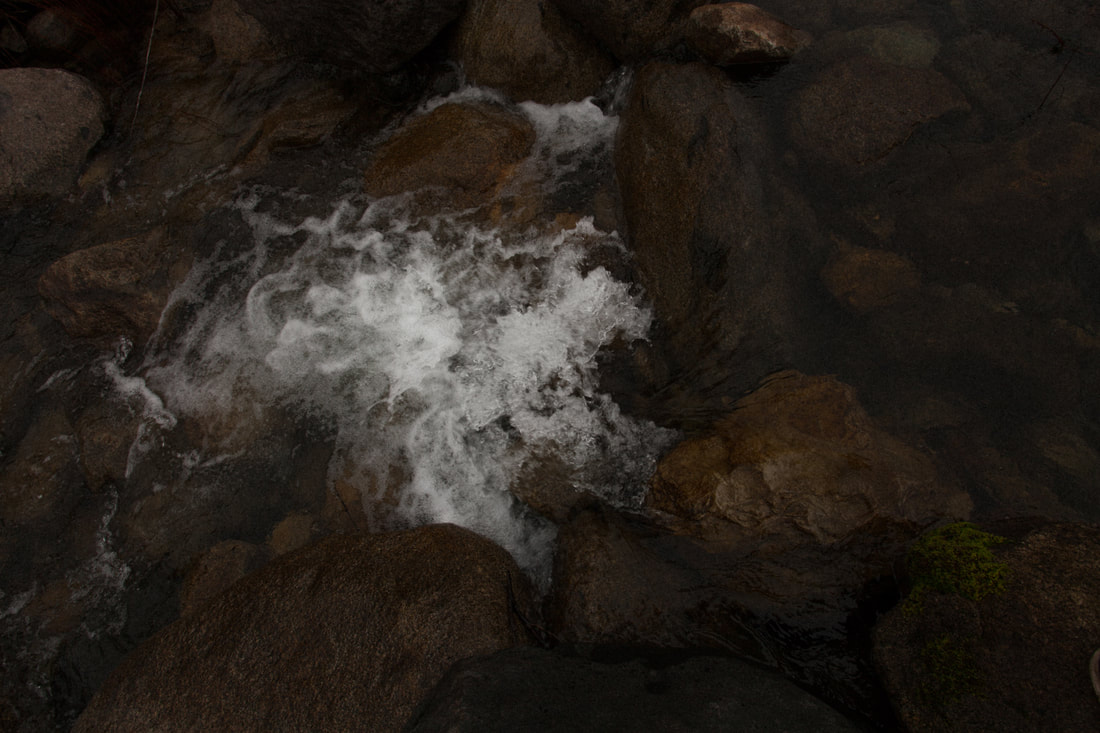
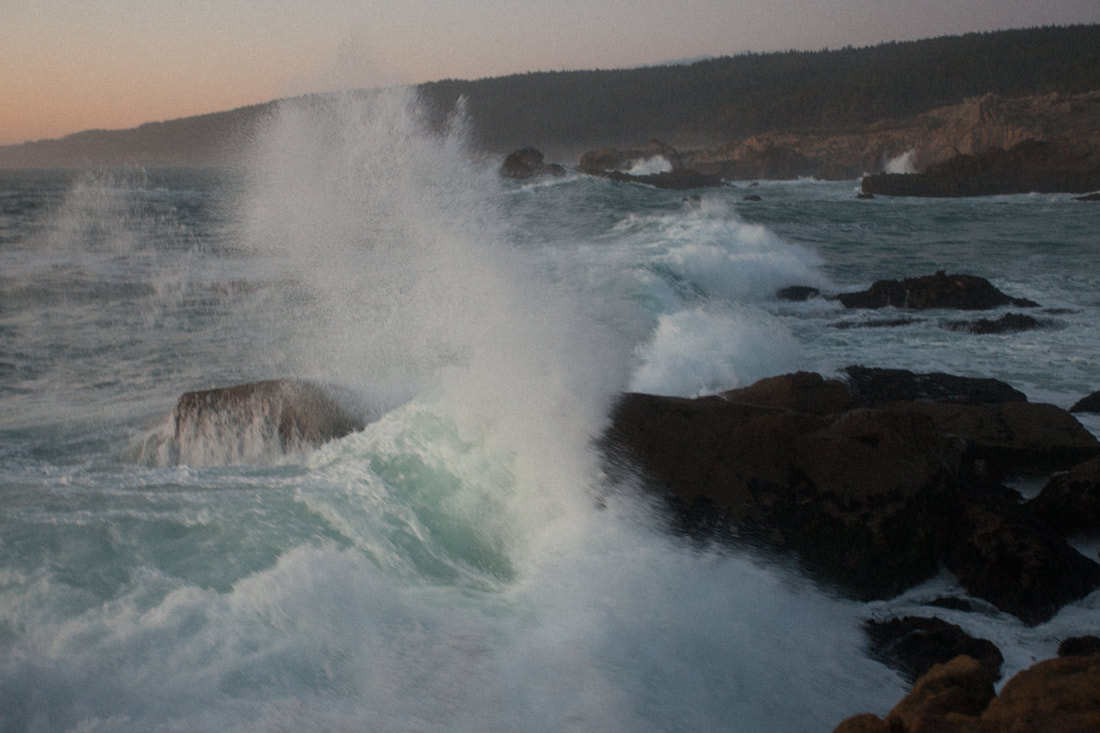
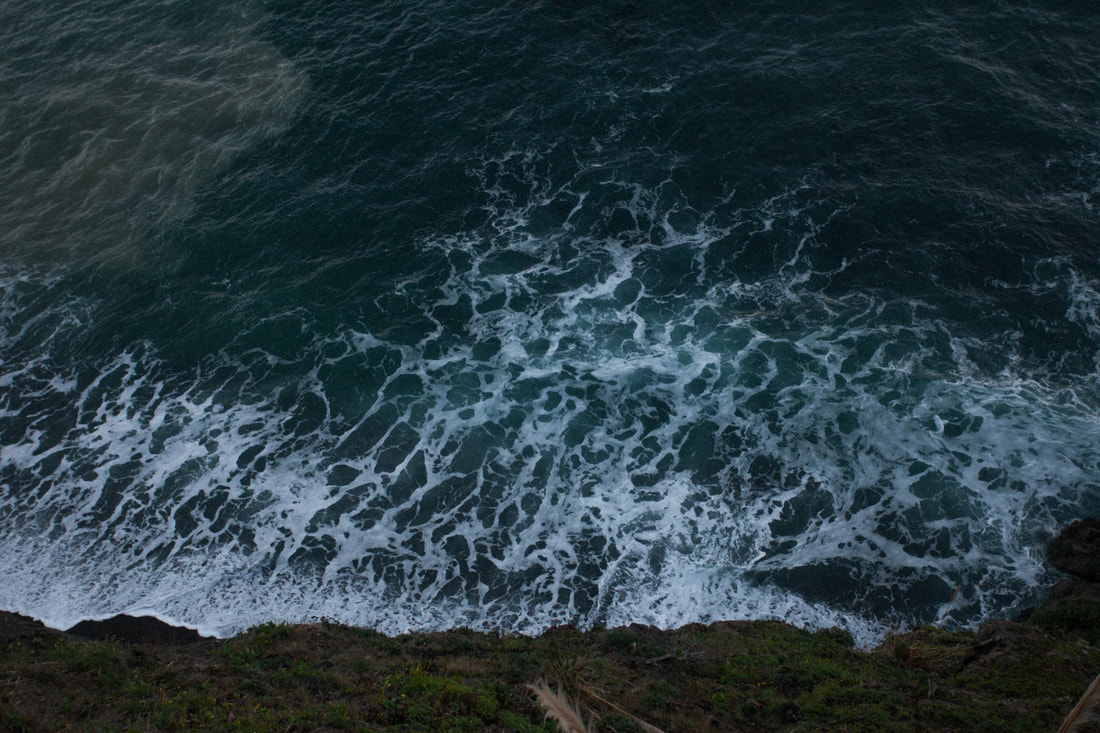
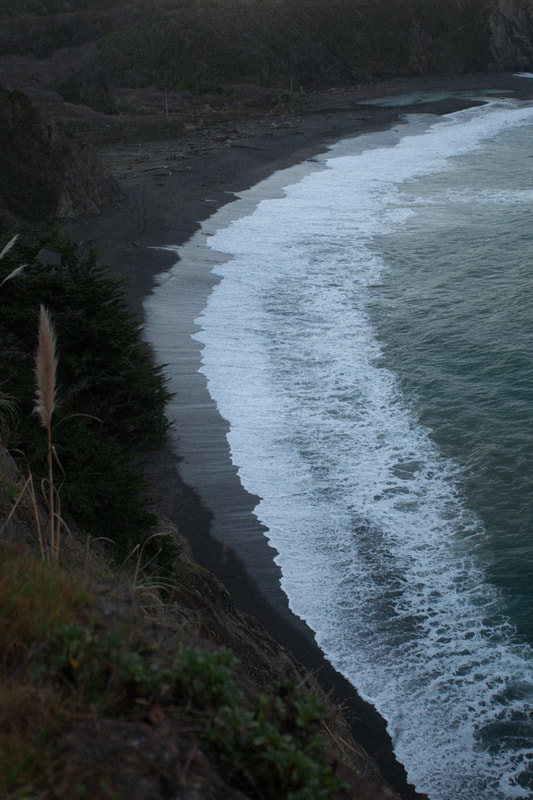
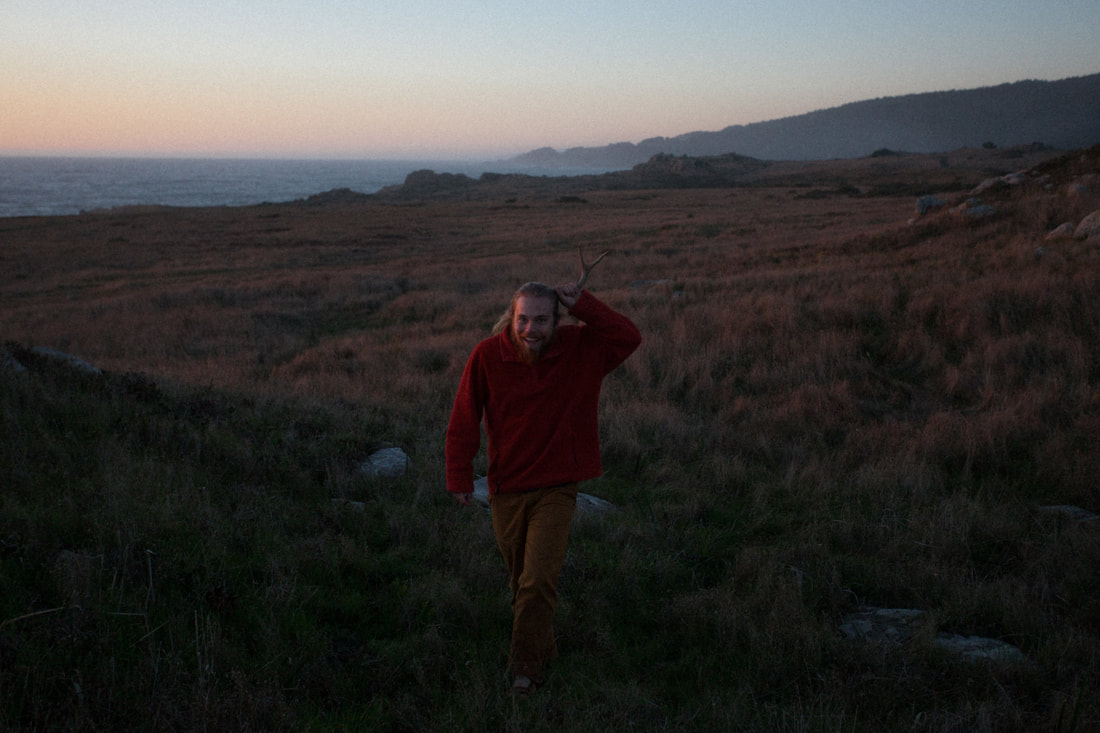
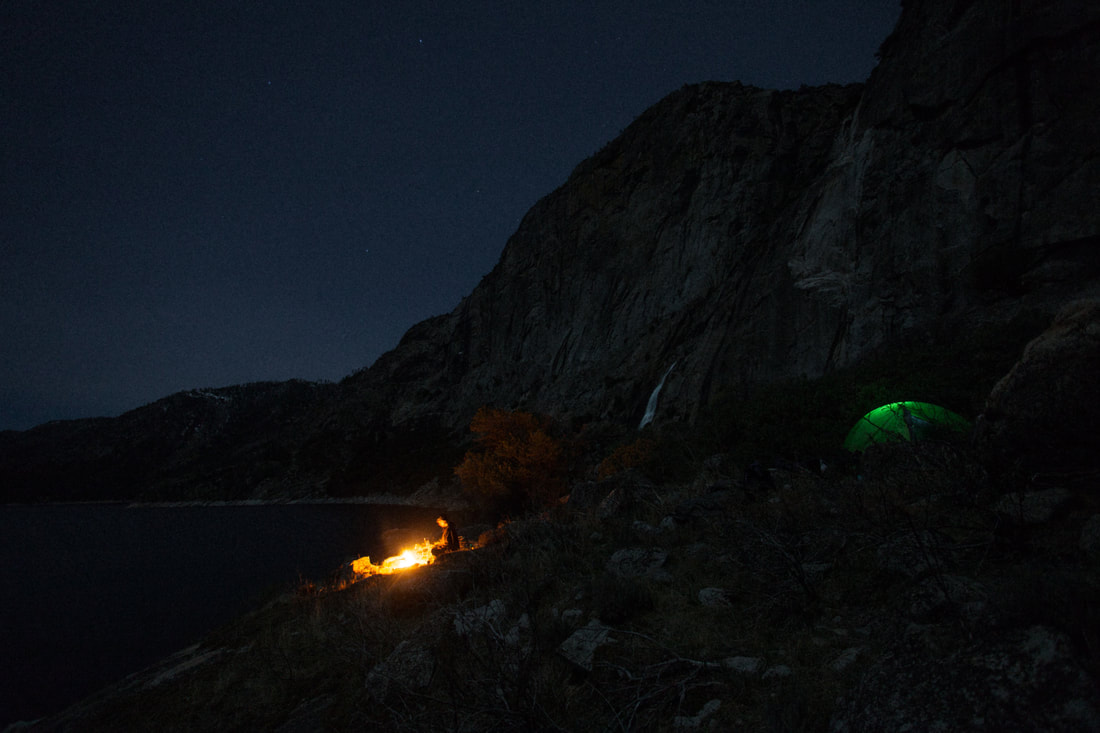
 RSS Feed
RSS Feed
